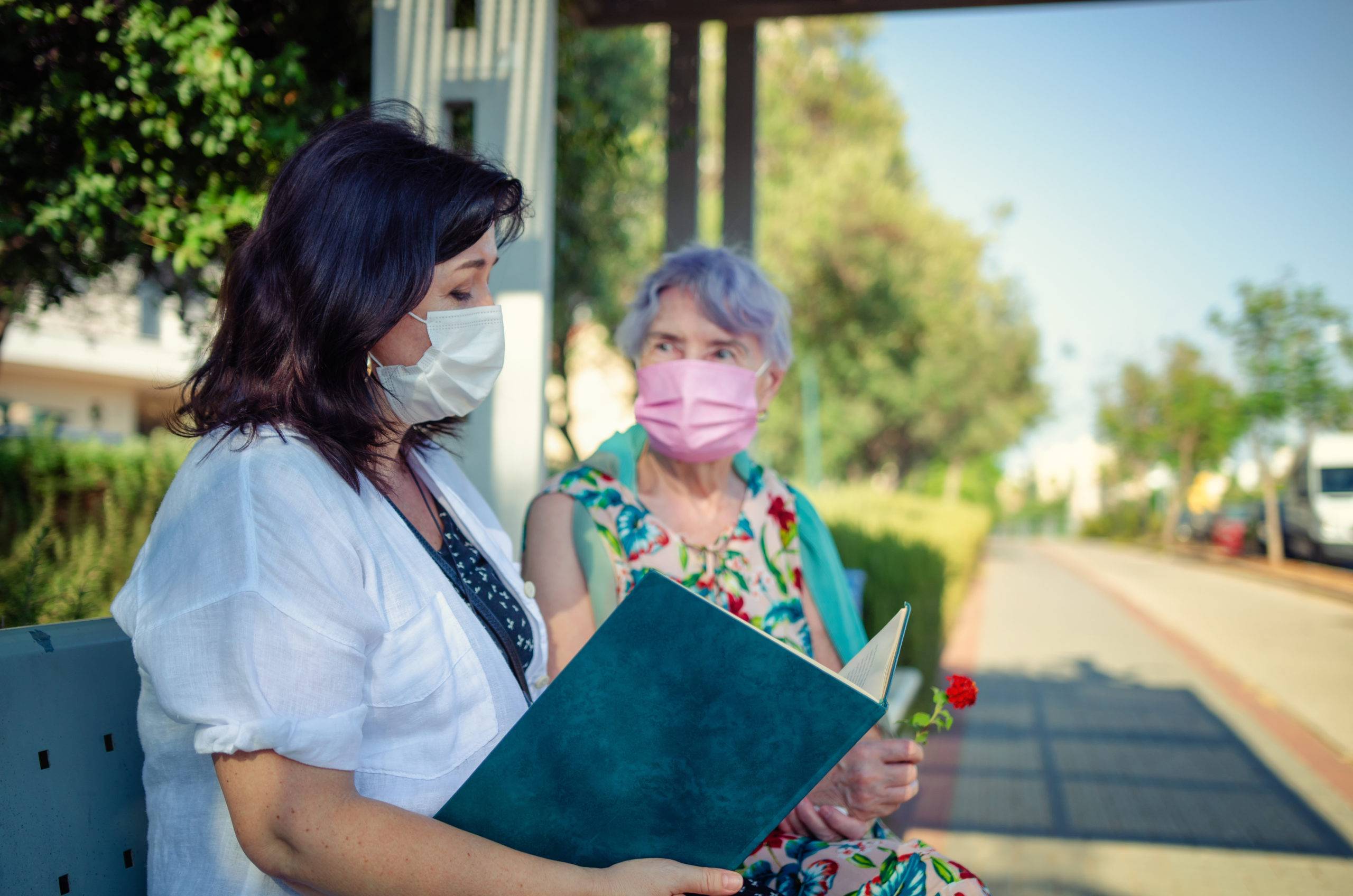An estimated one in five Americans is a family caregiver – providing unpaid or informal care to an aging or ailing loved one in need – according to AARP. Most of these caregivers (an estimated 75%) are simultaneously balancing care with working a job to make financial ends meet. Family caregivers are under a lot of pressure that comes from many different directions, and most of them keep their struggle to themselves. If you are a caregiver tasked with things like bathing, feeding, or transporting a loved one in need while navigating the stresses of work, this article will explore some ways to find a better balance.
Consider Taking a Paid Leave
The state of California, though not perfect, is one of the nation’s leaders in recognizing and supporting the importance of family caregivers. Due to this, there are many programs, grants, and job-protected leaves of absence that may be available to you. We’ll briefly touch on a few here and provide you with where you can find more information.
- Paid Family Leave Act (PFL). The PFL Act helps caregivers receive compensation (typically 60% of their typical earnings) to care for a loved one in the state of California. There are restrictions and eligibility requirements you’ll need to meet (one of which is that you pay into the state disability insurance program – SDI), so contact your employer’s HR team for more information.
- California Family Rights Act (CFRA). The CFRA helps caregivers take job-protected leave to care for loved ones in the state of California. Similar to the PFL Act, there are eligibility requirements you’ll need to meet, so contact your employer’s HR team for more information.
Both leaves of absence can be applied for on the EDD website. It’s important to note that while these leaves of absence can be used simultaneously, they are not the same and need to be applied for and granted separately.
Treat Caregiving More Like a Work Responsibility
It’s likely that you spend time each week getting organized and prepared for your week of work – things like scheduling meetings, mealtimes, projects, etc. around your tasks for the week.
Take these skills and apply them to your home caregiving life where you can. Getting organized and prioritizing tasks – mealtime, doctor’s appointments, exercise, etc. – is a great way to ensure nothing takes up your mental energy when it doesn’t need to and prevents things from slipping through the cracks (reducing stress and anxious thoughts in the process).
Create an Emergency Plan
If something goes wrong while you’re at work and you need to leave immediately, what’s your plan? Before something happens, create an emergency plan. You should discuss this plan with your coworkers so it’s clear what you’ll do and how you’ll let your team know. You should also discuss it with a nearby friend or neighbor who can help until you’re able to get there.
Open up with Your Employer
Even if it’s just to the HR team, explaining the immense pressure you’re under at home may help them either come up with a solution to help you or at the very least, be more empathetic toward how you’re feeling. They can’t work with you to remove the pressure if they don’t know what it is that you’re dealing with.
Keep Yourself Healthy
Maintaining a healthy and balanced diet paired with regular exercise is one of the best ways to keep yourself performing at your best (both at home and at work). Take walks during work, plan your meals in advance, take your loved one outside to garden, park in the furthest parking spot, or find other ways to incorporate health into your lifestyle so it doesn’t become another burden.
Connect with Others
You aren’t alone, even if it can often feel that way. There are local resources and support groups designed for and available to you to support you through this difficult time. While caregiving on its best days is a rewarding experience, on its worst, it can be tough to function. Finding an understanding community of people to talk to can make all the difference.
Closing Thoughts
Navigating work and family caregiving is a difficult path and one that undoubtedly causes a lot of stress. We hope you found some ideas in this article to help you strike a better balance between the two.
As a family caregiver, you’re faced with new challenges every day. The California Caregiver Resource Centers were created with you both in mind and at heart to be a free resource as you navigate the challenging role you’re in. We would love to connect you with your local Center, where you can find information about local programs for caregivers, answer your questions, and explain how they can best support you.
Share this post: